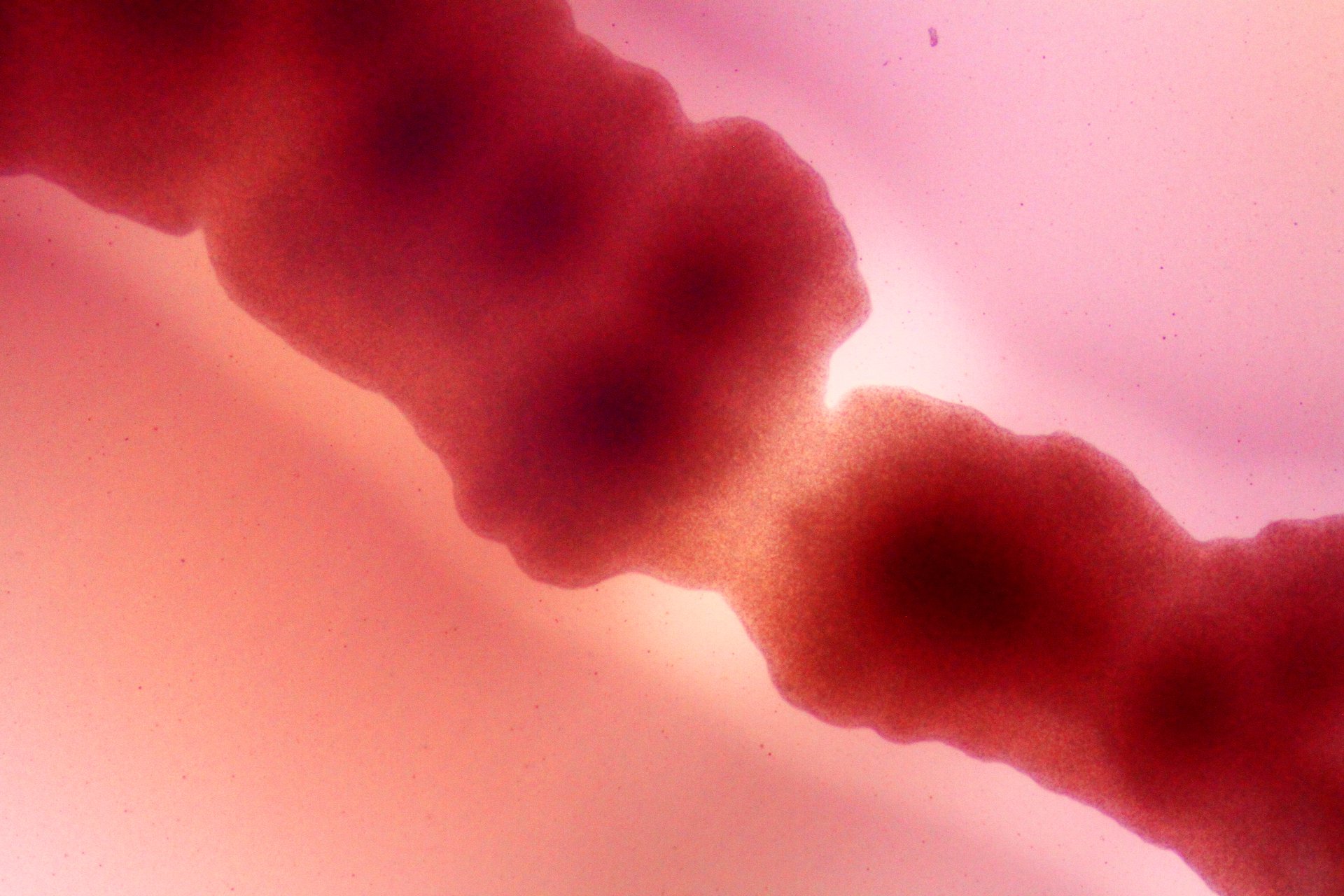Immune system protection and defense
Scientists have studied the microbes in the guts of newborn mice. And what do they find? The bacteria in the guts have an immediate impact on the immune system right after birth. They ensure more of a substance called serotonin is released, a signaling molecule in nerve cells. It helps the baby to be less prone to allergic reactions to food and also less reactive to the bacteria in the guts. This way, the bacteria also remain protected against attacks from the baby's immune system.
Reduced serotonin breakdown
Apart from producing serotonin, the bacteria also ensure less serotonin is broken down. They do this by reducing the production of a particular enzyme called MAO-A, which breaks down serotonin. When there's less of this enzyme, more serotonin remains in the body. This trick is also utilized in some antidepressant medications.
More than just a feel-good factor
Serotonin is known as the 'happiness hormone' in the brain, but it has other important functions in the body as well. For instance, it regulates gut movement and seems to play a role in inflammatory bowel diseases. Thus, serotonin is crucial not just for preventing allergic reactions to food but also for aiding beneficial bacteria. Serotonin is much more than just the feel-good factor in the brain!
Bacteria against allergies
This research not only demonstrates how important microbes are for the functioning of our guts but also shows how bacteria in our guts can even influence the immune system. By understanding how bacteria and our bodies collaborate, we might be able to prevent or cure allergies or gut diseases in the future.
Author: Inge Rothuis
Source: Science Immunology

